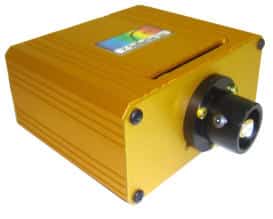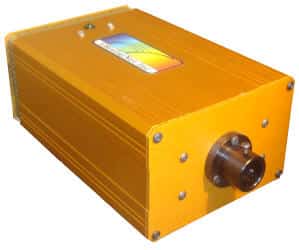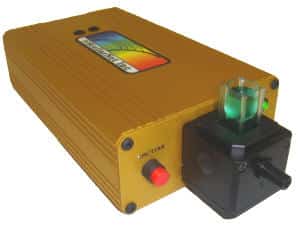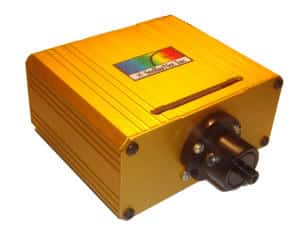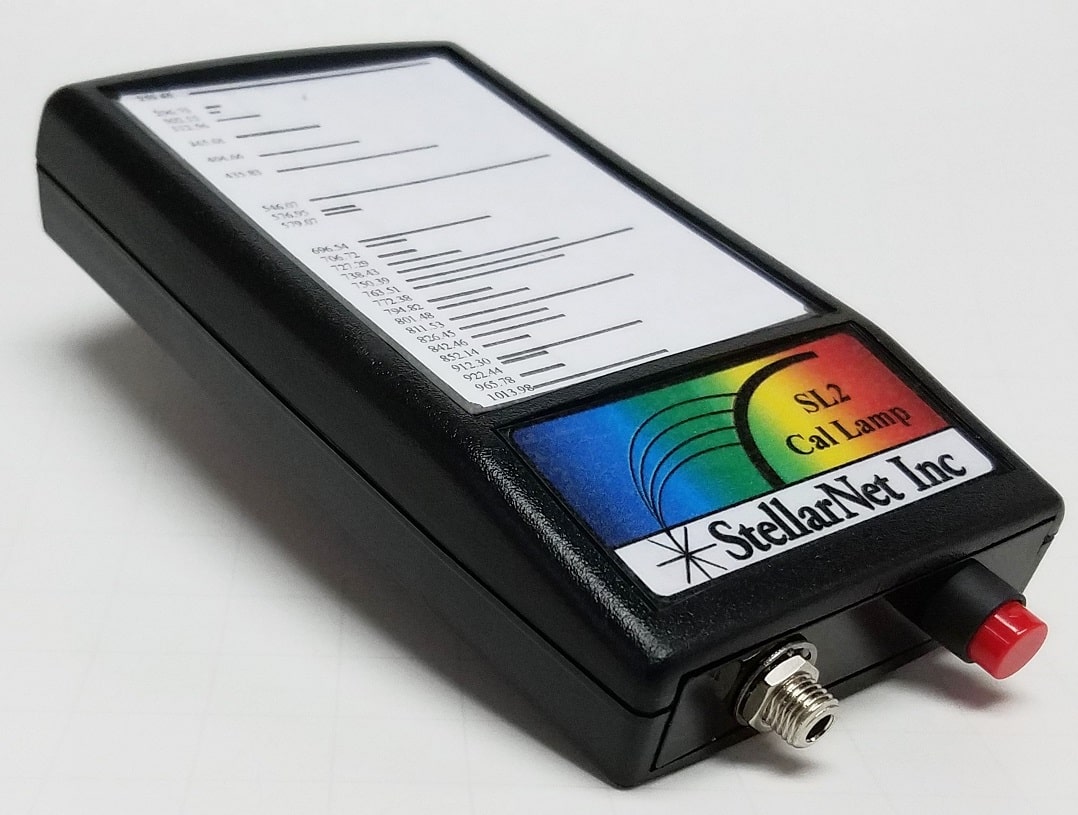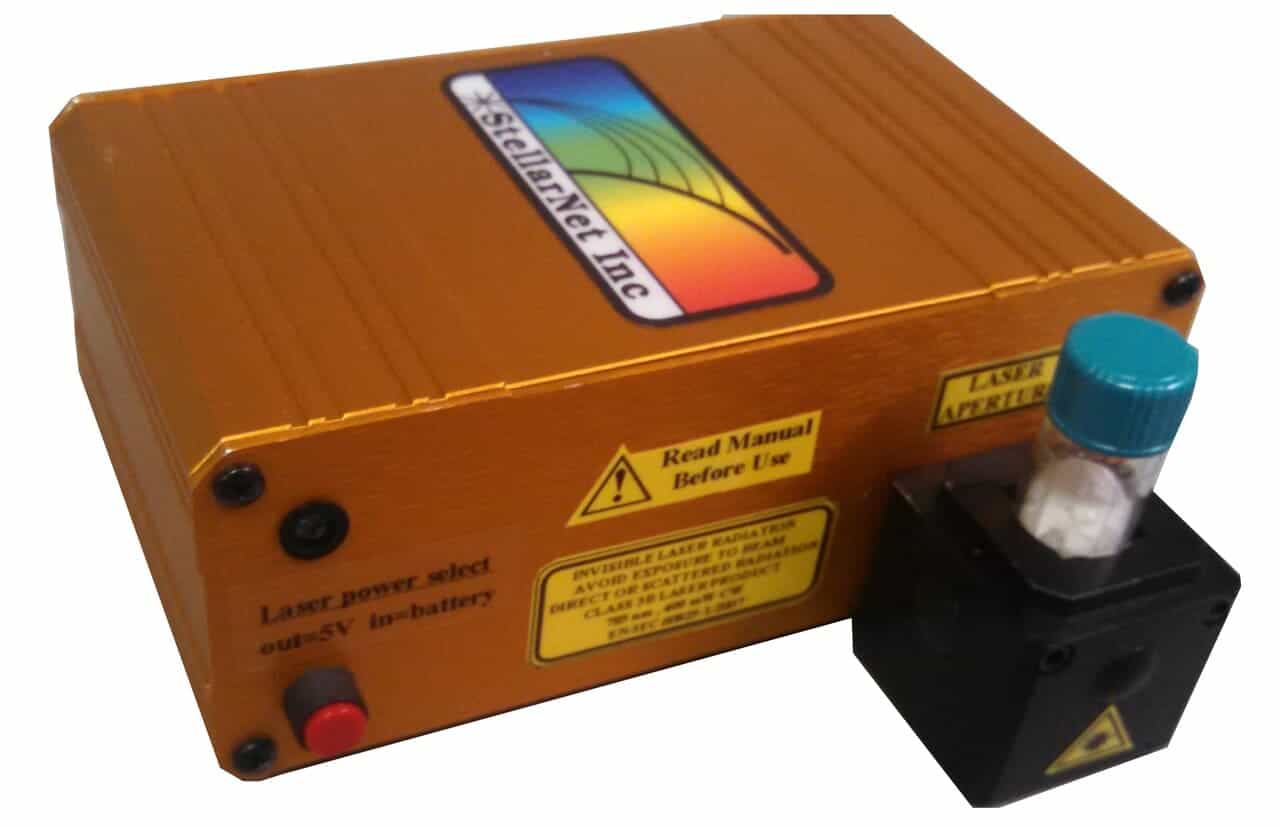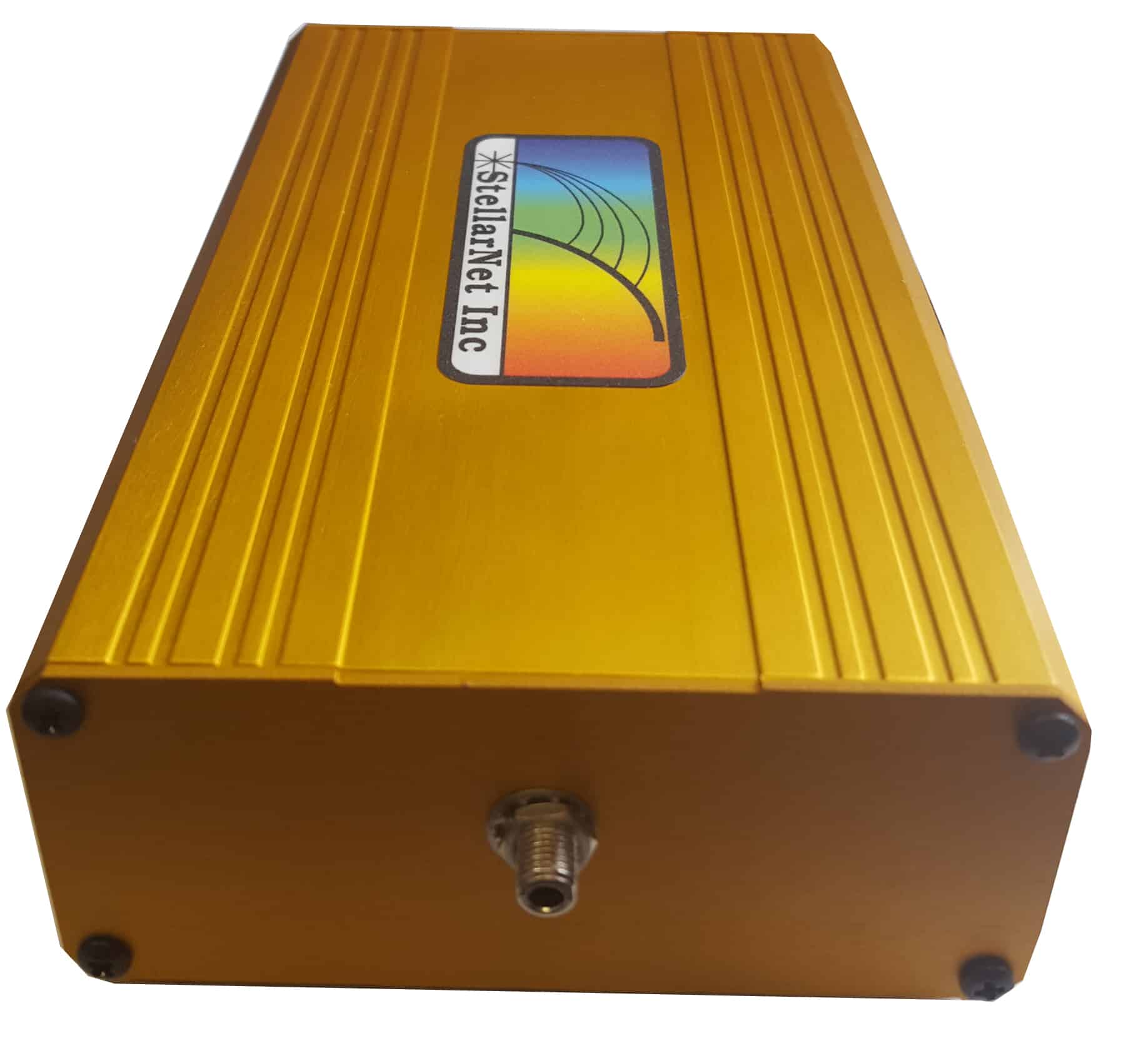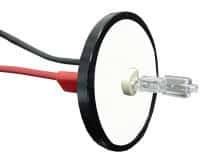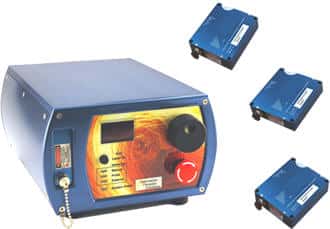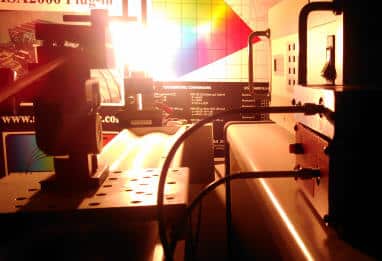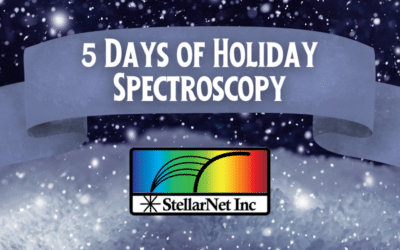LED Sources
UV & Visible LED Excitation Sources for SpectroscopyStellarNet has a variety of UV & Visible LED sources available for spectroscopy applications.
The SL1-LED includes a nose cone assembly with an LED kit consisting of 6 LEDs plus a white LED. LEDs can be swapped without any wiring changes, just pull one out and push the next one in. Each LED can be used to induce fluorescence in many experiments. 470nm LED works best for Riboflavin (vitamin D). Other wavelengths can be found more optimal for use with different species chemistry.
Extensive Life – LEDs have extremely long life.
Flexibility – user replaceable LEDs take less than a few seconds to replace
Small Footprint – only 1.5” x 3” x 3.5” makes it a perfect match for our compact spectrometers
LEDs continually being evaluated and introduced as LED technology improves
Great for fluorescence spectroscopy applications!
Options and Upgrades
UV-LED KIT– Add on a set of UV LEDs for 295, 345, & 365nm
UV-LED – Add on individual UV LEDs. Contact our team for specific wavelength availability
SL1-BAT is a unique option that adds a jack to the SL1 so it can be powered from 5VDC. Users can achieve complete portability with the BP1 battery pack for the spectrometer and the SL1-BAT.
SL1-Blue is a miniature light source with a very bright 470nm LED installed. A collimating lens is installed just in front of the SMA fiber optic connector output used for fluorescence excitation. If you only want one LED permanently installed in similar fashion contact your local representative to discuss further.
Technical Specifications
| SL1-LED Source | |||
| Weight: | 0.62 lbs(280 g) | Output from bulb: | free space or fiber |
| Power consumption: | 0.5 Watt | Output regulation: | 0.2% |
| Spectral Range: | Depends on LED installed | Internal filter accessory: | 2” filter slot |
| Time to stabilize: | ~ 1 second | External filter slot: | 0.5″ diameter filters |
| Power output: | Variable: mW level | LED life | 100,000 hours |
| LED Type | T-5 mm | Connector: | SMA 905 |
Other Popular Light Sources
Technical Information Request
5 Days of Holiday Spectroscopy with StellarNet
Whether you're celebrating Christmas, Hanukkah, Kwanzaa, Yule, Bodhi Day, or another tradition that brings light and warmth to this season, we’re wishing you a joyful and peaceful holiday! This holiday season, we’re kicking off StellarNet’s 5 Days of Holiday...

